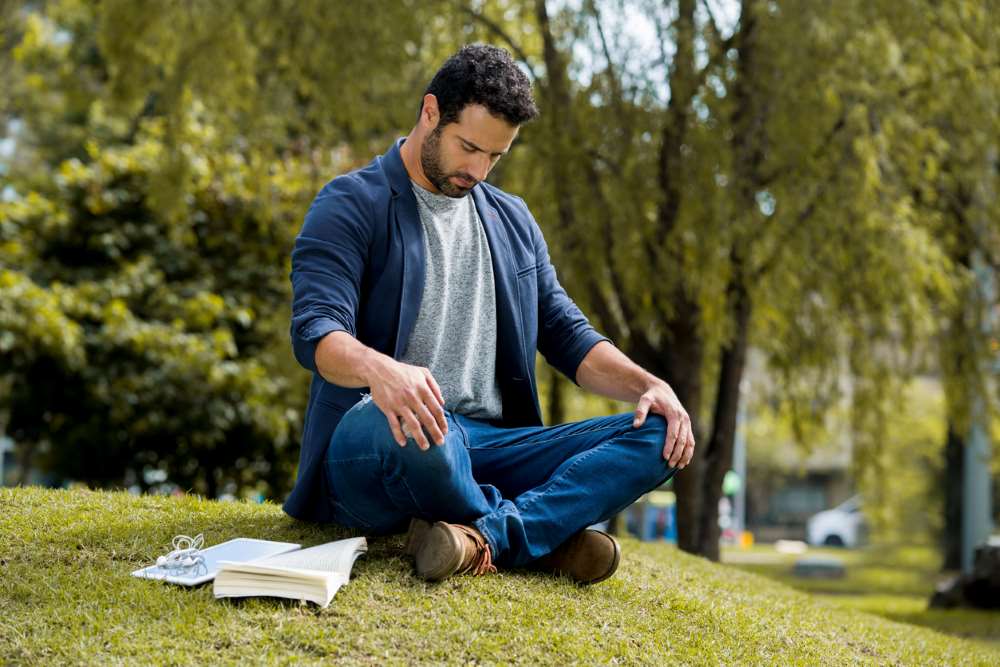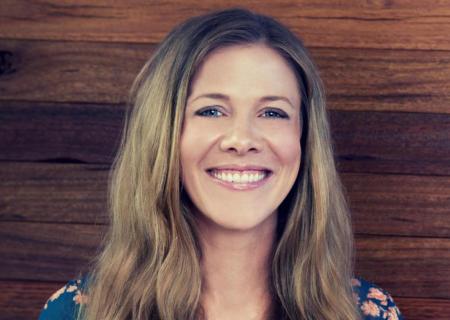
There is a good chance you have heard of the serenity prayer before, whether it was a few lines of dialogue in a movie or through a recovery group like Alcoholics Anonymous. Even if you do not recognize it by name, you might still recognize some specific words and phrases.
While it is easy to assume that the Serenity Prayer is an explicitly religious thing like most other prayers, it is actually one of the most widespread invocations in history, seeing use in all kinds of recovery and support groups and as a common phrase for people trying to handle issues like anxiety. But what is the prayer, really, and why is it so common?
What is the Serenity Prayer?
Originally written by a Protestant theologian, Reinhold Niebuhr, in 1930, various versions of the prayer have been used in various contexts. At its core, the message of the prayer is always the same: identifying that it is important to accept things you can’t change and act on things that you can change.
While many different versions of the prayer exist, the general idea is always the same:
“God, grant me the serenity to accept the things I cannot change, courage to change the things I can, and wisdom to know the difference.”
The point of the prayer is that there will always be some things that can’t be changed or fixed and that obsessing over them is pointless when there are other things that you can influence based on your actions. For example, you can’t un-fail a major exam, but you can work hard to try and compensate for it.
While many versions address God, either specifically the Christian God or a vague concept of a divine entity, the prayer itself sees use throughout many different spaces. Alcoholics Anonymous members regularly use it as a way to avoid dwelling on their past alcoholism, and some people use it as a guideline for how to approach balanced living.
Why Is the Serenity Prayer So Common?
The entire purpose of the Serenity Prayer is to challenge the idea that situations are uncontrollable or hopeless. While you can’t always fix things that have already happened, there is always hope for the future, and the prayer is a nudge towards taking action instead of dwelling on the past.
What sets the Serenity Prayer apart is its universality. It is not confined to any specific religion, group, or philosophy. Instead, it appeals to a shared human need for hope and resilience - and is a direct response to many people’s habits of getting hung up on things that they “should have done.”
More importantly, it gives a very clear direction to understand the difference between things that can and can’t be changed. This helps get rid of that hopeless feeling by pushing a person to actually consider the things that they can do, which can be a vital part of anything from major recovery processes to getting over mild anxiety.
If you are interested in having the Serenity Prayer explained in more detail or just want to know more about why it has become so widely used, then do not hesitate to look at some resources that mention it. The prayer has become a big part of many people’s mental health and recovery habits, and it does not seem like it will fade into obscurity any time soon.



























